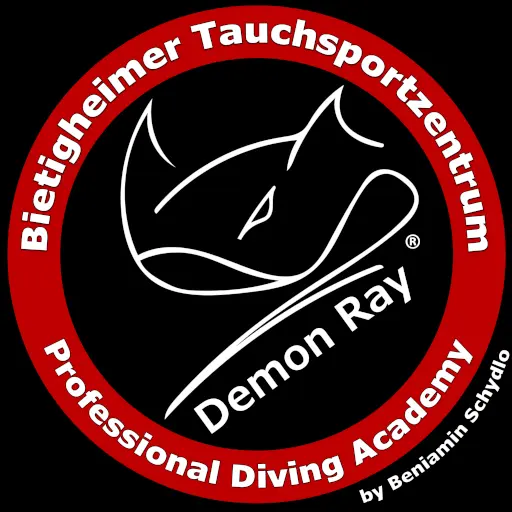The History of PADI – A Revolution in Diving
In 1966, John Cronin, a businessman in the diving industry, and Ralph Erickson, an experienced diving instructor and sports trainer, made a decision that would forever change the face of recreational diving. At the time, learning to dive was complex, with varying teaching methods depending on the instructor. Cronin and Erickson recognized that the lack of a unified training system limited access to the sport. Thus, they founded the Professional Association of Diving Instructors (PADI) with the aim of making diving more structured, modern, and accessible.
In its early years, PADI focused on developing training materials. In 1967, the first official course, the Open Water Diver, was introduced. This course gained immense popularity for its innovative approach, dividing training into theoretical and practical modules that could be completed at one’s own pace. By 1972, PADI introduced plastic certification cards, making it easier for divers to verify their qualifications worldwide.
The 1970s and 1980s saw PADI grow rapidly. By introducing textbooks and later instructional videos, diving became more understandable and accessible. By 1979, PADI had become the largest training organization for recreational divers worldwide.
In the 1990s, PADI revolutionized the market again by introducing digital learning materials and online training. From 1995, divers could study theory at home, attracting a new wave of diving enthusiasts. Simultaneously, starting in 1989, PADI launched its environmental initiative, Project AWARE, encouraging divers to protect marine ecosystems worldwide.
In 2011, PADI surpassed 20 million certified divers, and in 2016, the organization celebrated its 50th anniversary. Today, PADI continues to offer cutting-edge courses and remains the global leader in diver education.


